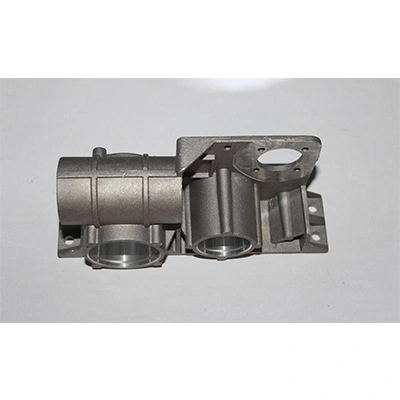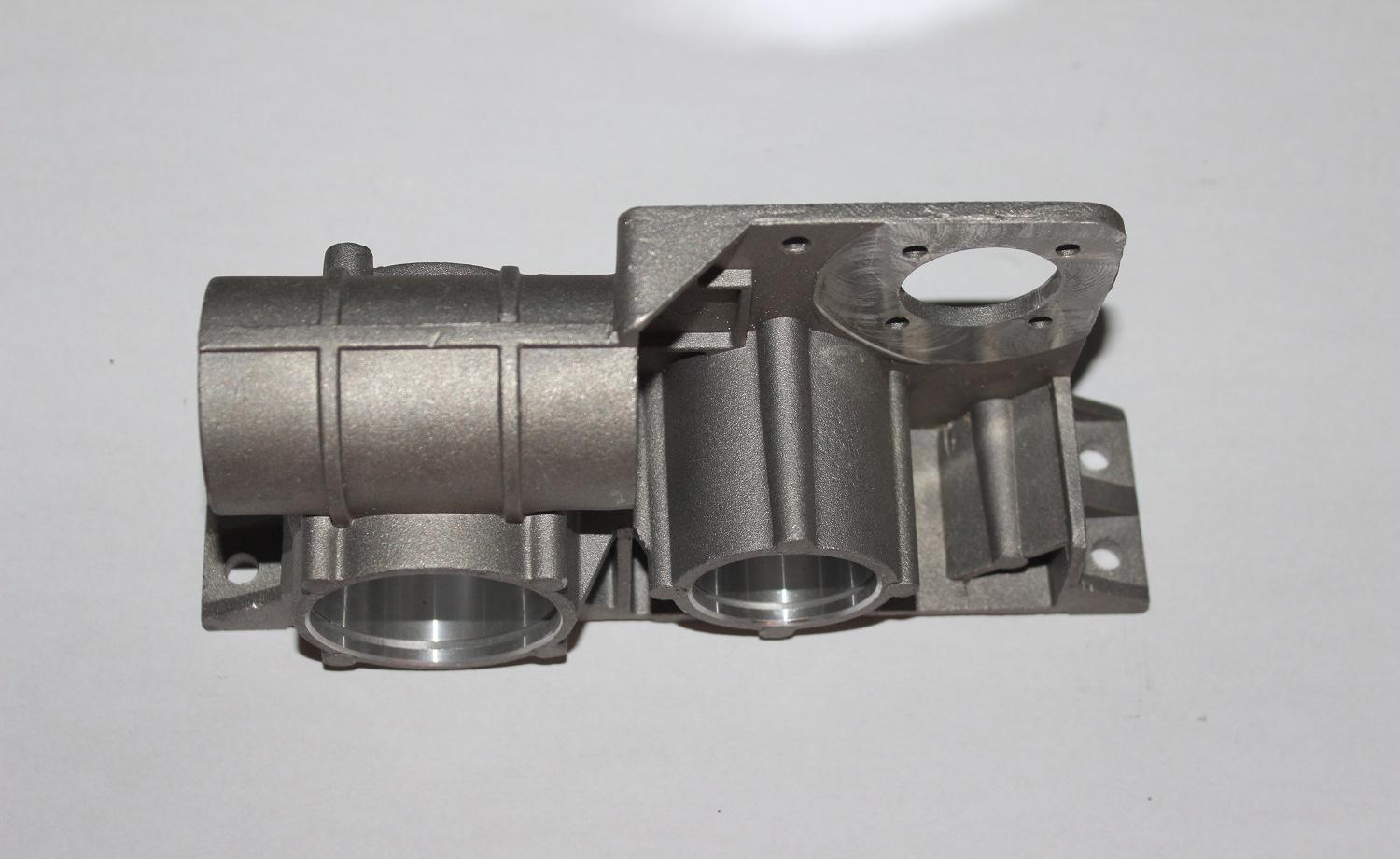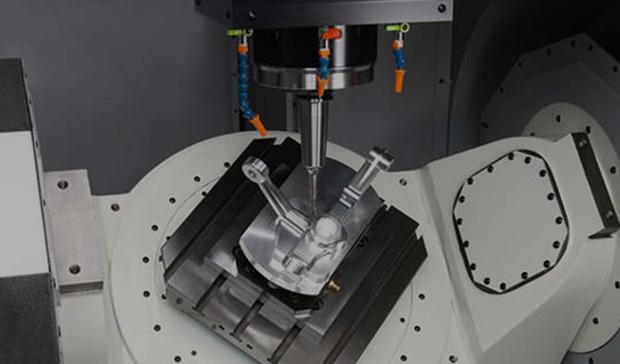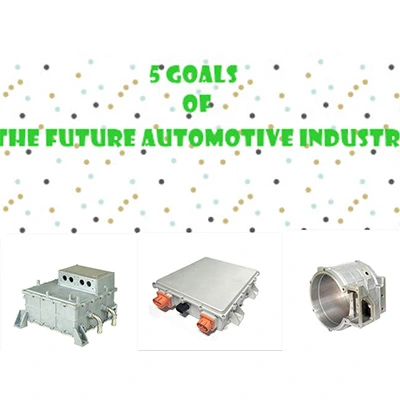

1. Aluminum surface finishing wastewater
Wastewater in the production process of aluminum surface treatment is the max discharge. It is also the pollutant with the most direct impact on the environment. The process flow of electroplating MIL-A-8625 is long. Each process requires the use of various cooking agents, which must clean before entering the next part. Therefore, the electroplating waste is bulky and contains various harmful substances. A direct discharge will pollute the environment and even cause serious harm to the human body.
2. Aluminum surface finishing Exhaust Gas
The waste gas generated in the process of aluminum anodization and electroplating is mainly various acid mist, alkali mist, and heating steam in the pretreatment process. Cathode gases released during electroplating contain precipitation gases from the electroplating bath foam.
Various acid-base mists mainly pollute the working environment and directly damage the skin and nasopharynx of production workers. Some also pollute the surrounding environment, resulting in the death of trees. The gas precipitated by electroplating is the most serious in chrome plating.
The current chrome plating efficiency is only about 12%. A large amount of hydrogen evolution makes the butyric acid mist during chrome plating a serious pollutant. The promotion of trivalent chrome plating technology and the research and development of chrome plating layers are all for the final cancellation of special chrome plating.
3. Aluminum surface finishing waste residue
The waste residue produced in the production process alumina coloring and electroplating is mainly sludge containing heavy metal salts precipitated in the separation sedimentation tank after wastewater treatment. Waste generated during electroplating production includes fine anodes, electroplating tank feet, and polishing dust. Settled sludge is more troublesome to handle because it contains salts of various metal ions.



